Many people have a common question: “How do I know if my insulation is made of cellulose or asbestos?” The answer lies in the type of material that surrounds the insulating material. Cellulose insulation has paper or cotton-like fibers surrounding and protecting it, while an asbestos-containing product will have rock wool or a similar inorganic fiber material surrounding it.
If you’re unsure which type of insulation you have, it’s always best to err on caution and assume it contains asbestos. If you need to remove or replace any insulation in your home, it’s best to hire a trained professional to handle asbestos-containing material.
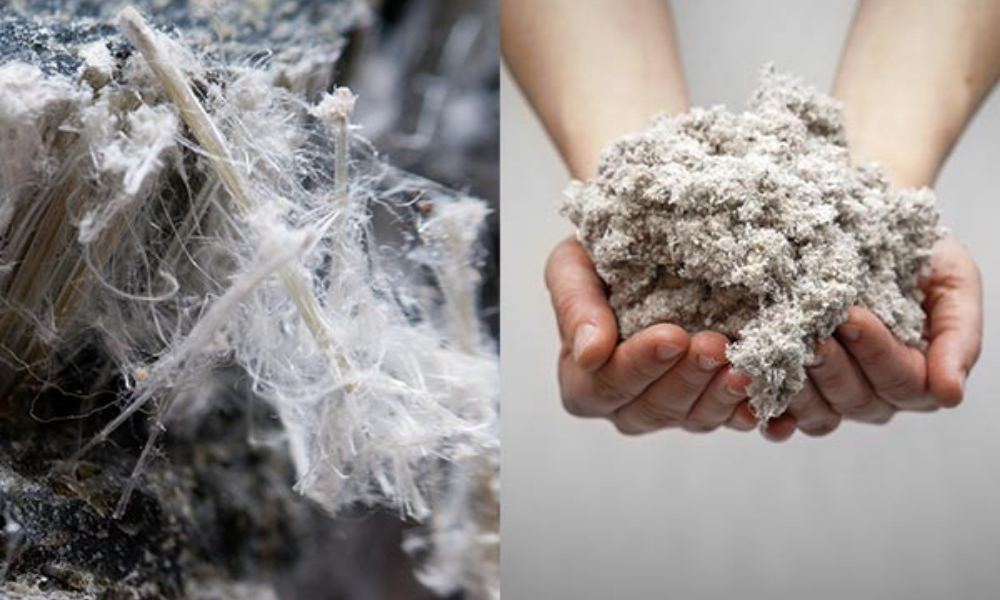
What Is Cellular Insulation, and What Does It Look Like?
Cellular insulation is a type of insulation made up of small, hollow cells. The most common type of cellular insulation is called foam board or rigid foam, and it is used in residential and commercial applications. Foam board is available in various thicknesses and densities, and it can be used to insulate walls, floors, ceilings, and roofs.
The most common materials used to make paper-based cellulose insulation are old newspapers and denim. When paper is treated with chemicals, it becomes fire resistant and reduces the chance of pest infestation. This insulation can be used in loose-fill insulation or blown-in insulation.
Wet-Spray Cellulose – A thin water mist is introduced to the hose as part of the blown-in process, allowing for enhanced heat retention and noise reduction. This procedure is frequently employed before the installation of drywall in new buildings.
Dry cellulose can be utilized in both blown-in and loose-fill applications. Noise levels can be reduced and heat retention improved when dry materials are packed securely. When dry insulation is blown in, it can enter into tighter gaps than if it were filled in.
Cellulose insulation is a popular alternative to fiberglass insulation because it has no adverse side effects and is environmentally benign. Furthermore, the costs are far lower than those of other insulation materials, and the homeowner can even do the installation.
What Color Is Cellulose Insulation?
The most common colors for cellulose insulation are pink, blue, and green. However, it can also be found in black, brown, white, and gray. Cellulose insulation is often used in construction and renovation projects because of its high R-value, which means that it is very effective at insulating a space. It is also a sustainable product made from recycled paper products.
What Is Asbestos Insulation, and What Does It Look Like?
Asbestos insulation is a type of insulation that contains asbestos fibers. It was commonly used in homes and commercial buildings until the late 1970s when its use was banned due to health concerns. Asbestos insulation can still be found in many older buildings.
Asbestos insulation looks like any other type of insulation, except that it may contain asbestos fibers. These fibers can be released into the air if the insulation is damaged or disturbed, posing a health risk if inhaled.
If you come across asbestos insulation in your home or business, it’s important not to disturb it. If you must remove it, always contact a trained and equipped professional to handle asbestos safely.
Asbestos is a mineral that occurs naturally. It’s soft and flexible in general, but it’s known for its heat and corrosion resistance. Asbestos was used as a fire retardant and insulator in the construction industry throughout the 1950s, 1960s, 1970s, and 1980s.
In many older houses and buildings, you’ll still find asbestos in the attic, drywall, tiles (and tile grout) (and tile grout). It is, however, safe as long as there are no wall cavities or other flaws that allow asbestos fibers to enter your living space. If asbestos is airborne and can reach your occupants, it becomes a health danger.
What Color Is Asbestos Insulation?
Asbestos insulation is most commonly gray or white, and it can also be found in a variety of other colors, such as green, blue, brown, and black. The color of the asbestos insulation will depend on the type of asbestos fibers used in its production.
How Can you Tell Cellulose Insulation?
You can tell cellulose insulation by its appearance. Cellulose insulation is typically a loose-fill material that is pale yellow. It may also be found in batts or blankets, and it has a fibrous texture. When you touch cellulose insulation, it should feel soft and fluffy. Cellulose insulation would spring back to its original shape if you were to compress it. Another way to tell cellulose insulation is by its R-value. Cellulose insulation has a high R-value, which is an effective insulator. If you are not sure whether the insulation in your home is cellulose, you can always contact a professional to have it inspected.
How Can you Tell Asbestos Insulation?
There are several ways to tell if asbestos insulation is present in your home. One way is to look for specific physical characteristics of the insulation, such as its color (usually gray or blue), texture (usually smooth or fibrous), and density (usually dense and heavy). Another way to tell if asbestos insulation is present is to have a professional asbestos inspection performed. This type of inspection will usually involve taking insulation samples and testing them in a laboratory to see if they contain asbestos fibers.
Does Old Cellulose Insulation Contain Asbestos?
Old cellulose insulation may contain asbestos. If you are unsure whether your insulation contains asbestos, it is best to have it tested by a professional. Asbestos is a hazardous material and should be handled with care. If you think your insulation may contain asbestos, do not attempt to remove it yourself. Contact a professional asbestos removal company for assistance.
How Can I Tell If My Insulation Is Made of Cellulose or Asbestos?
It’s best to leave determining the difference between asbestos and cellulose to an expert. Experts in the area strongly advise homeowners not to handle asbestos on their own. It can be challenging to tell if your insulation contains asbestos, and it’s not something you want to be touching or infecting in your home. SoDaK Insulation and Restoration will advise you on the most acceptable asbestos removal methods and a safe insulation program for your house or company.
Asbestos may be found in the following places, in addition to typical insulation: cement, plaster, specific kinds of batt insulation, electrical panels, and wrap insulation, such as on pipes.
Undamaged asbestos, once again, is not a cause for concern. When asbestos fibers travel through the air, it becomes an issue, and inhaling these fibers poses a severe health danger.
Mold and mildew should be checked as part of an insulation examination, and both can impact the insulation’s effectiveness. The most common causes of broken insulation include wear and tear on your home and bats and rodents. To ascertain the extent of asbestos exposure, an expert evaluation is required.
If you are unsure whether or not your insulation contains asbestos, the only way to be sure is to have it tested by a professional. It’s better to be safe than sorry for this dangerous material.
What Are the Pros and Cons of Cellulose Insulation?
Following are the advantages of cellulose insulation:
Environment-friendly: One of the main reasons cellulose is now a popular and widely used insulation material is that it is environmentally friendly. As previously stated, it is made from recycled and reused materials that would otherwise end up in landfills.
Low VOCs: According to a study by Healthy Building Science, blown-in-cellulose has exceptionally low VOC (Volatile Organic Compound) levels. This chemical can be harmful to the environment and human health. In reality, this insulation type’s total volatile organic compound (TVOC) content is far lower than that of GREENGUARD-approved products.
Soundproofing: If you live near railroad or highway lines or want a quieter atmosphere, cellulose insulation is an excellent choice for you. It has better soundproofing qualities than most insulation materials since it is denser.
Disadvantages of cellulose insulation include:
Waterproofing is not possible: By its nature, cellulose is not waterproof, and it can be treated with various compounds during the construction process to make it water-resistant. However, if exposed to dampness for an extended period, it may develop serious problems such as mold.
A risk of fire: Because recycled paper is the main component of cellulose, it is flammable if not protected with fire-repellants when it comes to insulation. To avoid the risk of fire, all construction standards across the country mandate that cellulose insulation is coated with fire repellants before use.
What Are the Advantages and Disadvantages of Asbestos Insulation?
Following are the advantages of asbestos insulation:
Asbestos is a heat-resistant material, which means it will not burn readily.
- Because of its excellent thermal insulation capacity, it can be used to create an energy-efficient structure.
- Asbestos is also resistant to the elements.
- It’s incredibly durable, so asbestos insulation can still be found in older buildings.
- The material is less expensive.
- It is straightforward to clean and maintain.
Disadvantages of asbestos insulation include:
- As most of you likely are aware, asbestos poses a serious risk to the health of humans and the environment. The fibrous microparticles found in the substance, when inhaled or swallowed, may cause various illnesses.
Conclusion
There are a few key ways to distinguish between cellulose and asbestos insulation. The most obvious is that asbestos insulation will be brittle, meaning it can be crumbled or powdered with just a light touch. Cellulose insulation will not crumble and should have no odor. If you’re still unsure which type of insulation your home has, contact a professional to come and take a look.
If you’re concerned that your home may have asbestos insulation, the best course of action is to contact a professional to come and inspect it. They will be able to confirm whether or not your insulation contains asbestos and advise you on the best way to proceed. In most cases, the best thing to do is have the asbestos insulation removed by a certified professional, and it will ensure that your
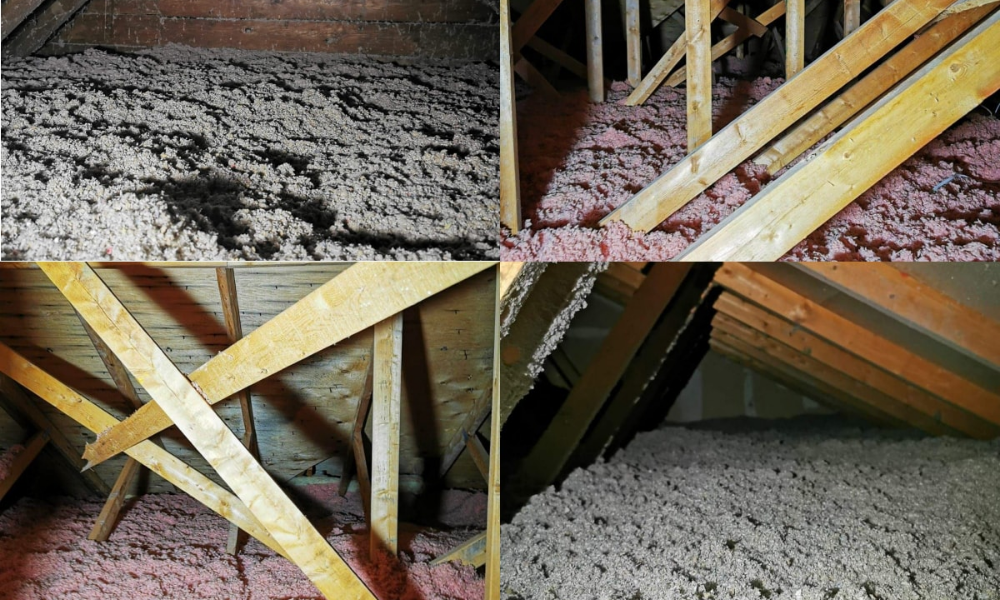
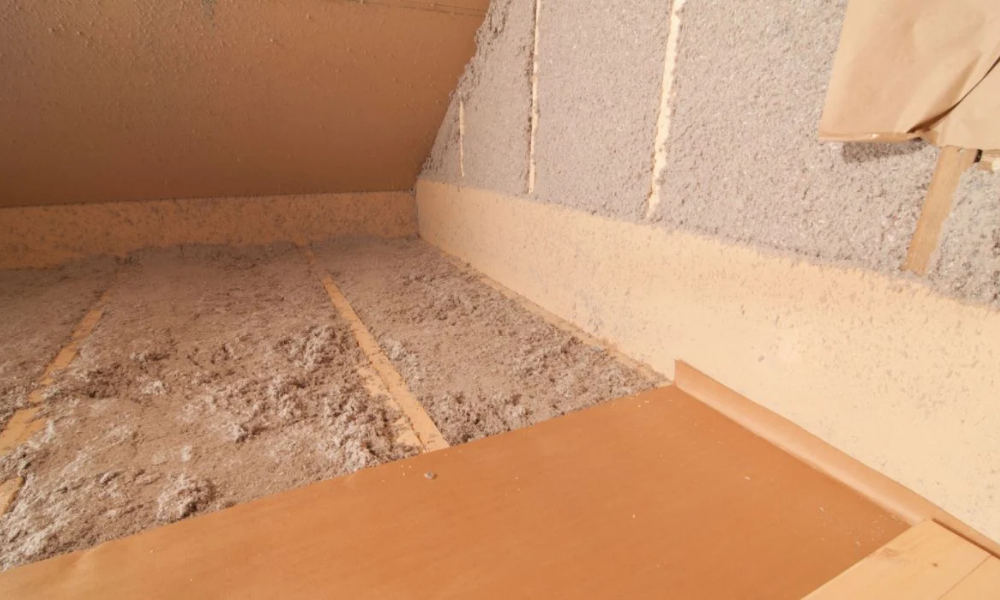

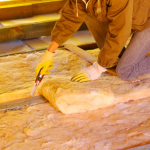

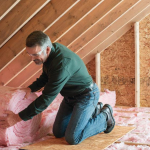


Leave a Reply